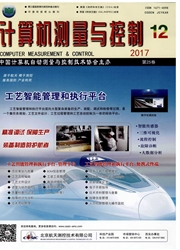

 中文摘要:
中文摘要:
传统的交通信号协调控制,同一子区的交叉口集中优化,获取基于共同周期的协调控制方案;这种模式下子区相对固定,方案切换困难,对于交通问题反应慢;该研究将网络优化分解到相互叠加的基本协调单元之间的互动优化,通过基本协调单元的相互耦合完成整个路网的优化;建立了交通信号控制交叉口之间的预测模型与互动模型,交叉口之间既考虑自身的效益,又考虑下游交叉口效益,实现整个路网的自组织协调,不需要强制的共同周期与相位差,反应更加迅速。通过多场景实验,该自组织模型能够降低路网的整体延误8%~12.3%,包括过饱和情况。
 英文摘要:
英文摘要:
In traditional traffic signal coordinated control, all intersections in one sub area are optimized together based on common cy- cle. In this mode, the sub--area is normally fixed, and plan switching is difficult, and the reaction to the traffic problem is slow. In this pa- per, it separates network optimization into overlapping and interaction between Basic Coordination Units. It presents an interaction--forecast model among intersections based on agent technology, each intersection not only considers its own benefit, hut also takes downstream inter- sections into account. It realizes network coordination in a self--organizing mode, and common cycle and fixed offset are not necessary. Multi --scenarios simulation shows that this model can decrease the overall delay of network up to 8%- 12.3%, and in over--saturated condition as well.
 同期刊论文项目
同期刊论文项目
 同项目期刊论文
同项目期刊论文
 期刊信息
期刊信息
